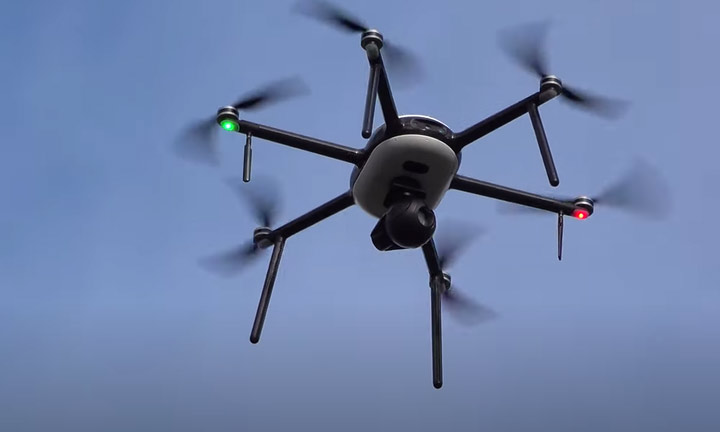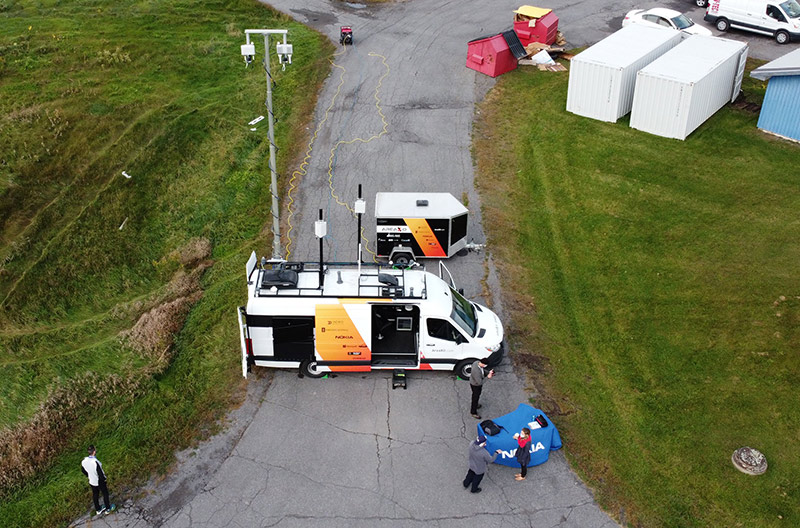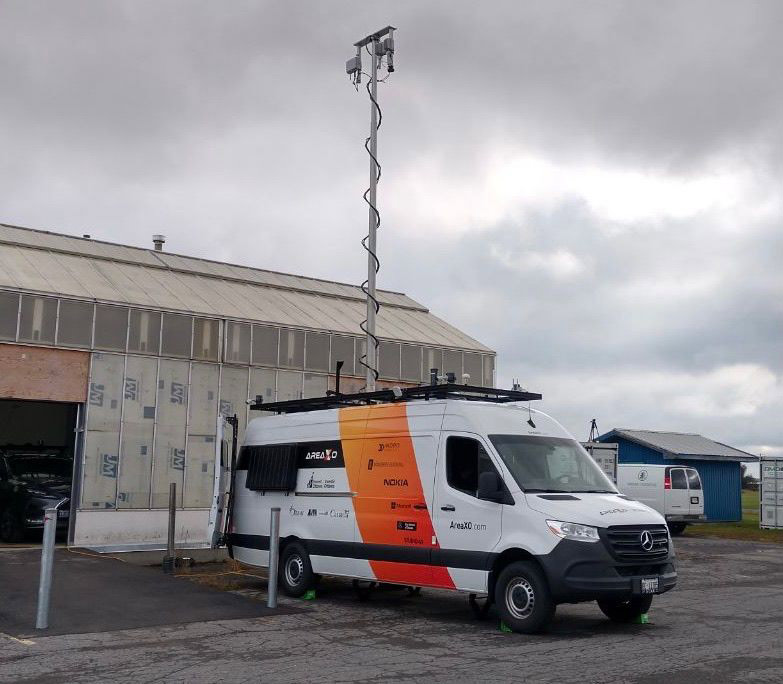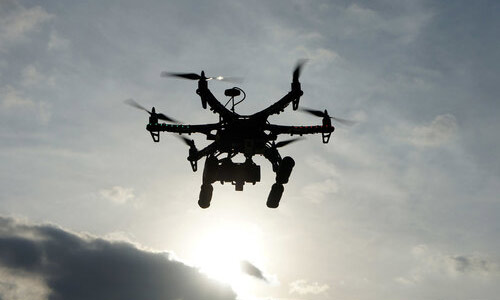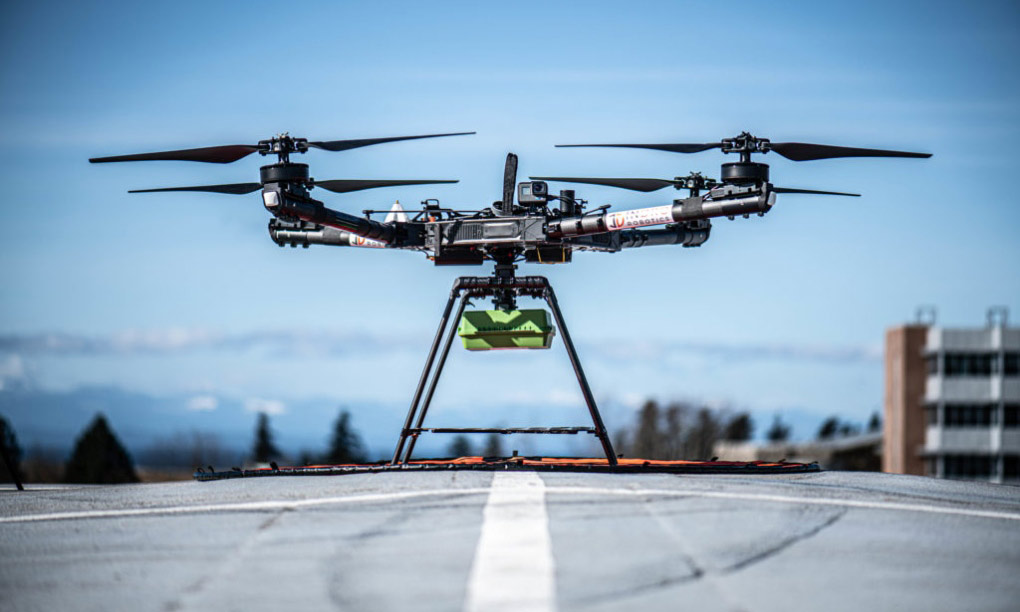
InDro Robotics delivers COVID-19 tests by drone in B.C.
Throughout 2020, healthcare providers of Penelakut Island in British Columbia, Canada, were challenged with a very difficult situation.
Due to the COVID-19 pandemic, a single ferry boat was accessible between the island and the nearest medical lab located in Chemainus on Vancouver Island, putting the timely transport of samples at risk.
The process of getting the supplies to the lab took hours to complete, and one of the island’s three nurses had to travel with the supplies, making them unavailable to provide health services during the day.
InDro Robotics was tasked by the Island to begin deploying a Unmanned Aerial Vehicles (UAVs), or drone, to expedite the transportation of COVID-19 tests,
To start evaluating this problem, the team at InDro Robotics worked alongside Penelakut Island’s residents in strategizing a plan to fly samples using specialized drones and navigation software. Penelakut Island is currently home to over 1,000 people from the Penelakut First Nations community.
While InDro Robotics had the technology to fly between both islands, connection latency became a key issue during the trials.
Often drones are equipped with satellite connectivity solutions to accommodate the real-time video streaming needed to enable Beyond Visual Line of Sight (BVLOS) operation of UAVs (Unmanned Aerial Vehicles). However, according to Philip Reece, President and CEO of InDro Robotics, satellite is hindered by as much as 7 seconds of latency, which is way too much to provide safe operations for BVLOS.
Transport Canada also requires companies to use technology features that track signal
strength during a UAV’s journey. This meant that any solution chosen by InDro Robotics would need to support such features while integrating their proprietary flight navigation software.
As a solution for the constant high-performance connectivity needed for its drones, InDro Robotics deployed Cradlepoint’s NetCloud Service for Mobile, with the Advanced Plan, and wireless edge routers built for in-vehicle use. NetCloud’s cellular signal monitoring and thermal mapping features would allow InDro Robotics to optimize performance and safety during the drones’ route.
Using Cradlepoint’s NetCloud API, InDro Robotics was able to pull GPS-based cellular health information into the company’s flight navigation systems.
These endpoints also leveraged LTE service, provided by Rogers, instead of satellite connectivity, which carries too much latency for the real-time video streaming necessary on these flights.
The cloud-managed cellular connectivity would ensure that the low-latency video streaming can be essential to successful drone flights, and the map-based performance analytics can still be necessary to optimize flight patterns while meeting Canadian drone regulations.
“Using an enterprise-grade router on our drones allows us to stream video well from two on-board cameras along with full command and control, which is essential as we continue to expand our UAV products and services,” said Reece.
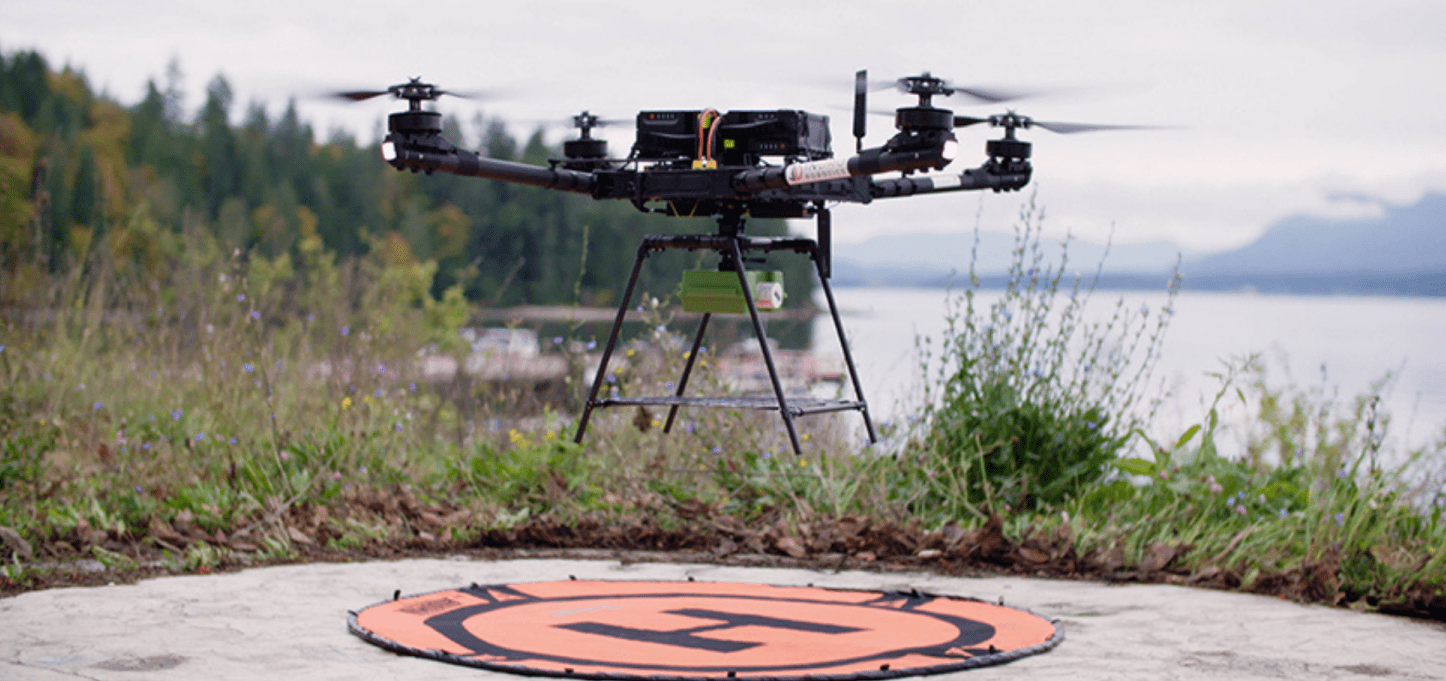
InDro Robotics also used NetCloud’s GeoView suite of location-based features forregulatory requirements. This was used to save time and money during the project, as InDro Robotics was able to track cellular health analytics and identify “dead zones” on a heat map during several test flights in various weather conditions on various routes. This lead to evidence-based decisions about the best possible flight paths to and from the island for its UAVs.
Fortunately for residents of Penelakut Island, these LTE enabled drones can mean medical supplies and COVID-19 tests will be swiftly transported in a shorter time-frame. This also meant that local medical professionals could offer more time to serve their patients on the island.
END NOTES
InDro Robotics is a leader in drones, or Unmanned Aerial Vehicles (UAVs), as well as the first North American company to develop beyond visual line of site (BVLOS) technology with regulatory approval for emergency and first responder missions. InDro Robotics has accumulated thousands of flight hours and has collaborated with leading agencies such as Transport Canada, Canadian Space Agency, and NASA.

